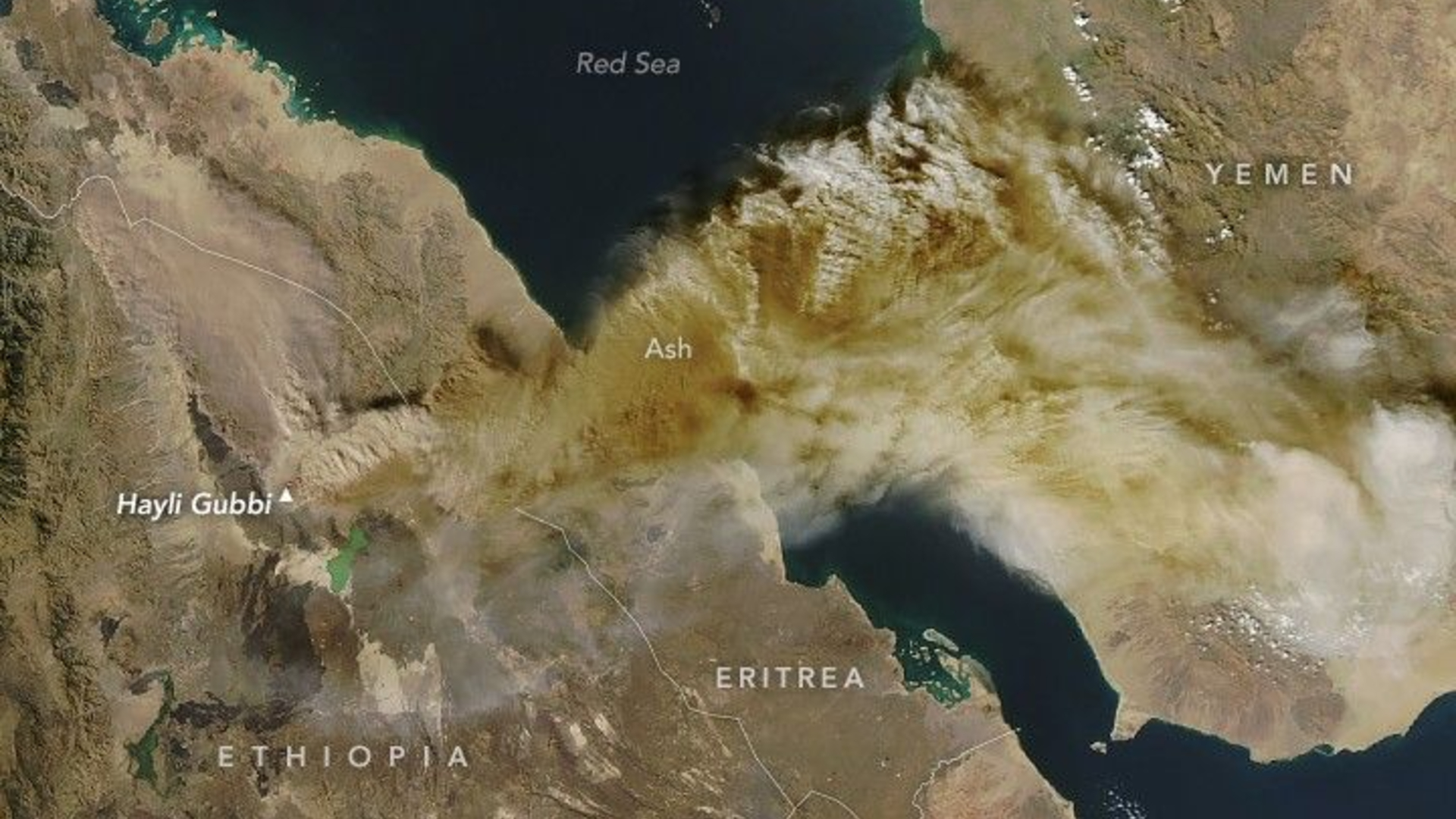China launches 2nd Horus remote-sensing satellite for Egypt (video)
Egypt and China are jointly developing a series of satellites.
China has launched a second remote-sensing satellite for Egypt, just weeks after lofting the first in the series to orbit.
A Long March 2C rocket lifted off from Jiuquan Satellite Launch Center in the Gobi Desert at 12:02 a.m. EDT on March 13 (0402 GMT, or 12:02 p.m. Beijing time). Orange exhaust pushed the rocket off the pad, with insulation tiles falling away as the rocket climbed into the sky.
The Horus 2 Earth-imaging satellite and the rocket's second stage were later tracked and cataloged in a sun-synchronous orbit almost identical to that of the Horus 1 satellite, which launched on Feb. 24.
Related: The latest news about China's space program

Both satellites are now in sun-synchronous orbits with an average altitude of 308 miles (496 kilometers). No specifications for the Horus remote-sensing satellites have been released.
CelesTrak has GP data for 2 objects from the launch (2023-032) of HORUS 2 atop a Long March-2C rocket from Jiuquan Satellite Launch Center on Mar 13 at 0402 UTC: https://t.co/IWjZHtJk2J. Data for the launch can be found at: https://t.co/V5EVL33C5q. pic.twitter.com/SGUrPf8L7VMarch 13, 2023
Egypt Independent reported the head of the Egyptian Space Agency (EgSA), Sherif Sedky, as saying that the Horus 2 satellite will help meet requirements of Egypt's 2030 vision for sustainable development and is part of strategic cooperation between Egypt and China.
China, meanwhile, aims to launch at least 200 spacecraft on more than 60 planned launches in 2023. These include two crewed missions to the nation's Tiangong space station, supported by a Tianzhou cargo spacecraft mission.
Breaking space news, the latest updates on rocket launches, skywatching events and more!
Follow us on Twitter @Spacedotcom or on Facebook.

Andrew is a freelance space journalist with a focus on reporting on China's rapidly growing space sector. He began writing for Space.com in 2019 and writes for SpaceNews, IEEE Spectrum, National Geographic, Sky & Telescope, New Scientist and others. Andrew first caught the space bug when, as a youngster, he saw Voyager images of other worlds in our solar system for the first time. Away from space, Andrew enjoys trail running in the forests of Finland. You can follow him on Twitter @AJ_FI.
